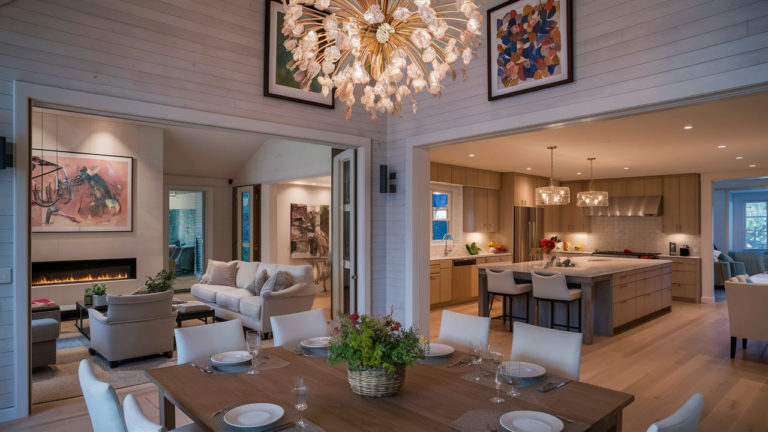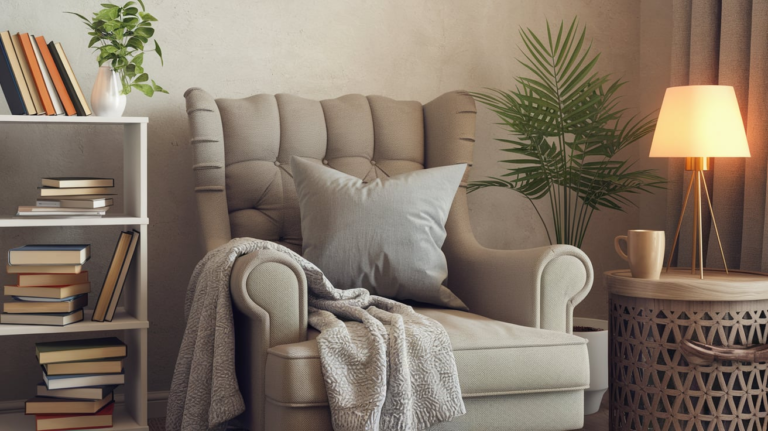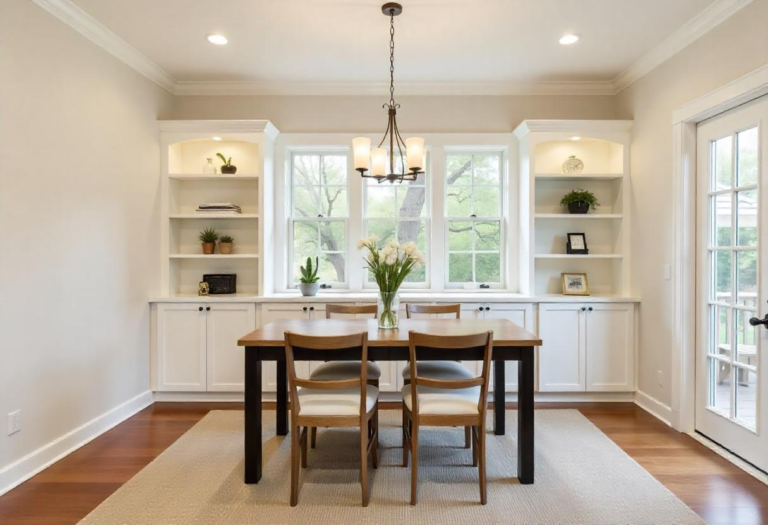21 Simple House Design Ideas
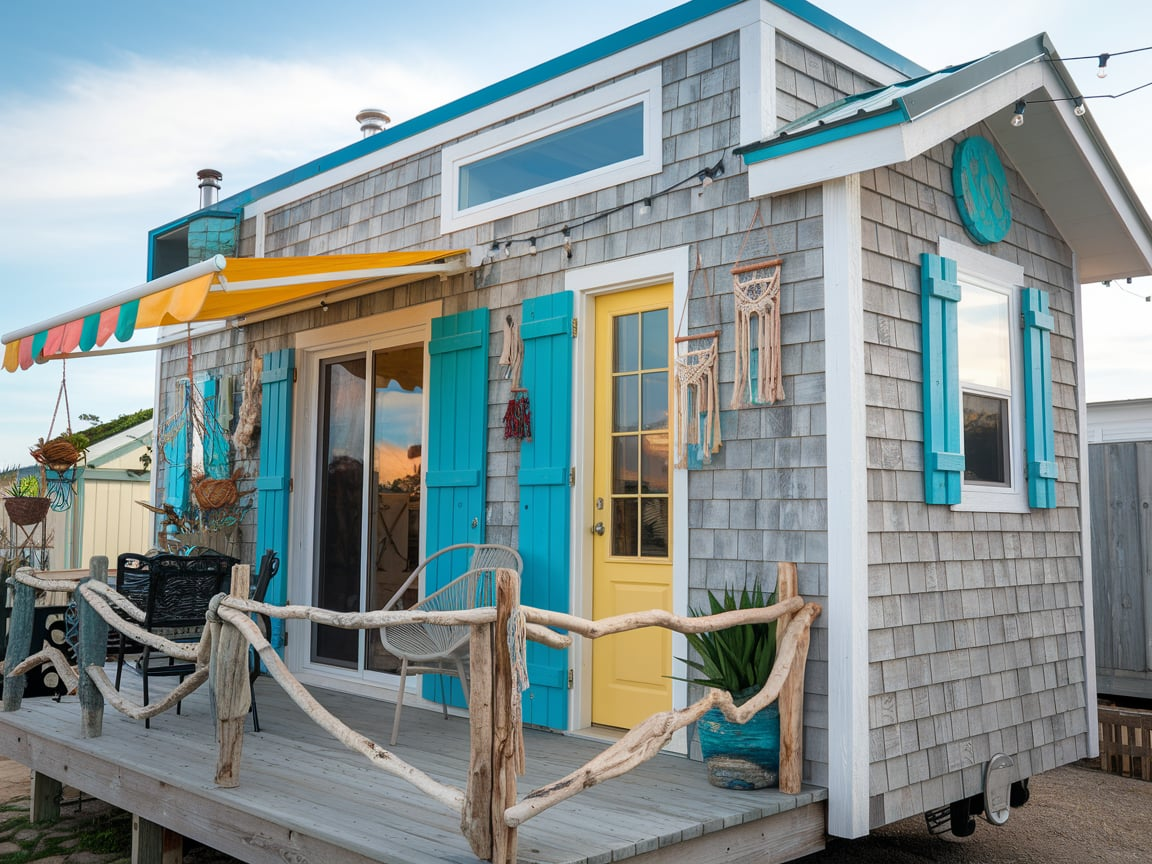
When it comes to designing a home, simplicity often triumphs over extravagance. A simple house design doesn’t mean sacrificing style or comfort; it means embracing functional elegance and creating a space that feels like a sanctuary.
Whether you’re building from scratch or renovating, these 21 simple house design ideas will inspire and guide you toward creating a home that’s as practical as it is beautiful.
1. Open Floor Plans

Simplicity begins with space optimization. An open floor plan connects the kitchen, living, and dining areas seamlessly. Not only does this enhance the sense of space, but it also fosters better interaction among family members. Think of it as the heart of the home where walls don’t interrupt the flow of conversations.
2. Neutral Color Palettes
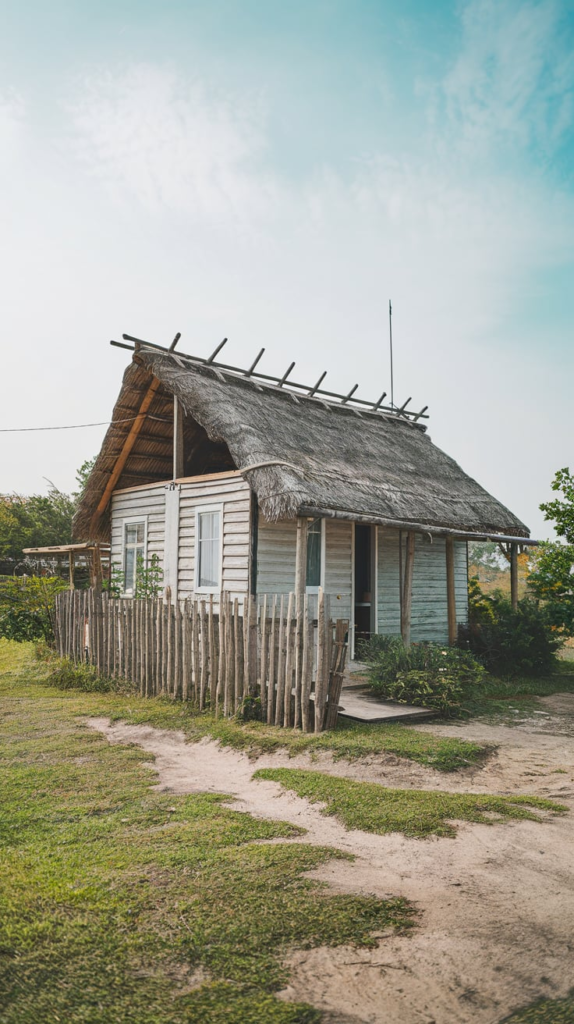
A neutral palette of whites, beiges, and greys offers a clean and timeless aesthetic. It’s like giving your home a blank canvas, making it easier to incorporate textures and accents. Neutral colors also reflect light, making spaces appear larger and airier.
3. Minimalist Furniture
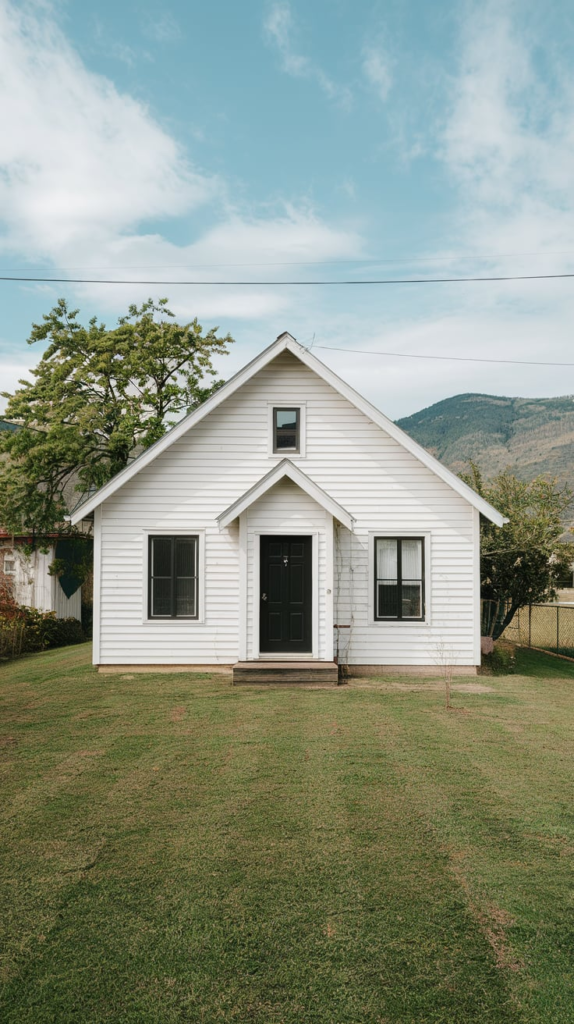
When it comes to furniture, less is more. Choose pieces that are multi-functional and have clean lines. A sleek sofa paired with a simple coffee table can transform your living room without overwhelming it.
4. Large Windows
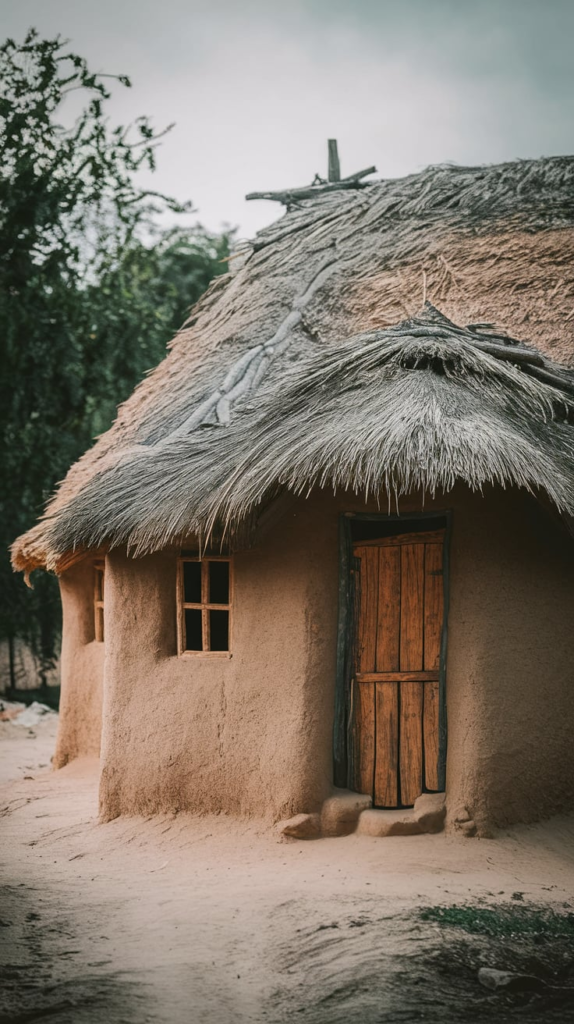
Natural light is one of the simplest ways to elevate your home’s design. Install large windows or sliding glass doors to let the outdoors in. Not only does this reduce the need for artificial lighting, but it also creates a stronger connection with nature.
5. Compact Kitchens with Smart Storage

A simple kitchen design doesn’t mean compromising on functionality. Use smart storage solutions like pull-out cabinets, hidden shelves, and vertical storage to maximize space. A compact kitchen can still be a chef’s delight if designed thoughtfully.
6. Flat Roof Designs
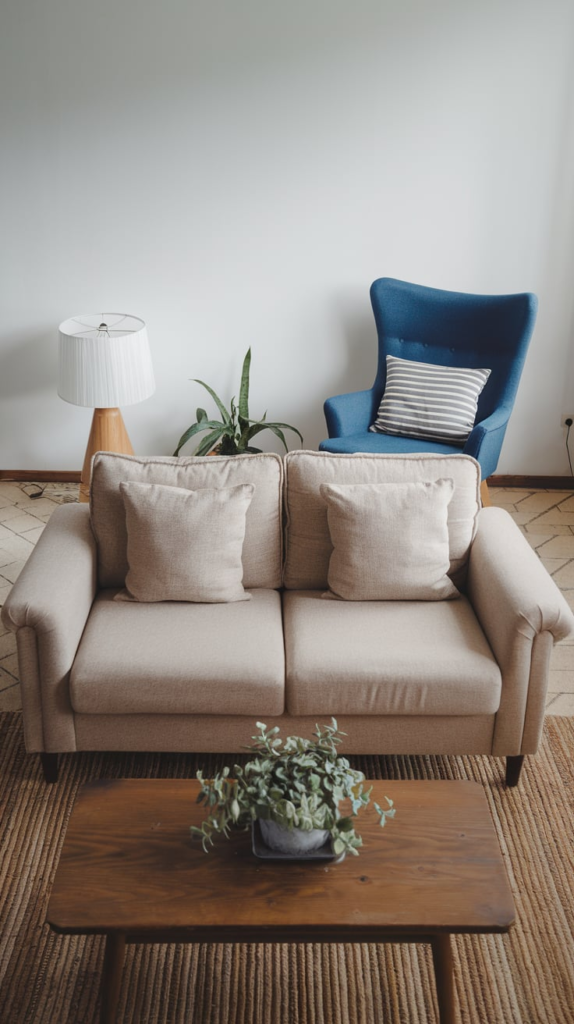
Flat roofs are a hallmark of simple modern homes. They’re cost-effective, easy to maintain, and can double as a terrace or a green roof. Plus, they lend a contemporary vibe to any structure.
7. Focus on Functionality

Every element in your home should serve a purpose. From multipurpose furniture to built-in storage, simplicity thrives on functional design. Ask yourself, “Does this add value to my daily life?” If the answer is no, you might not need it.
8. Sliding Doors

Sliding doors are a great way to save space while maintaining elegance. They’re perfect for small homes where every square inch matters. Glass sliding doors, in particular, can make your interiors look seamlessly connected.
9. Monochrome Themes
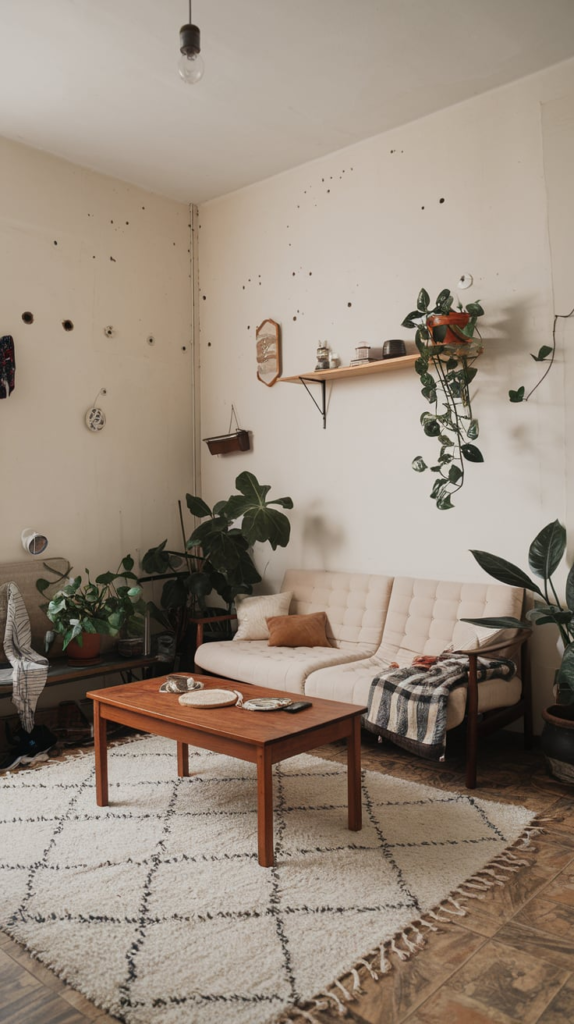
A monochrome theme is the epitome of simplicity. Choose a single base color and create variations using its shades. For example, a black-and-white theme can make your home look effortlessly stylish and sophisticated.
10. Built-In Furniture

Built-in furniture like bookshelves, seating nooks, or wardrobes saves space and eliminates clutter. It’s like having a tailor-made suit — everything fits perfectly and serves a purpose.
11. Simple Landscaping
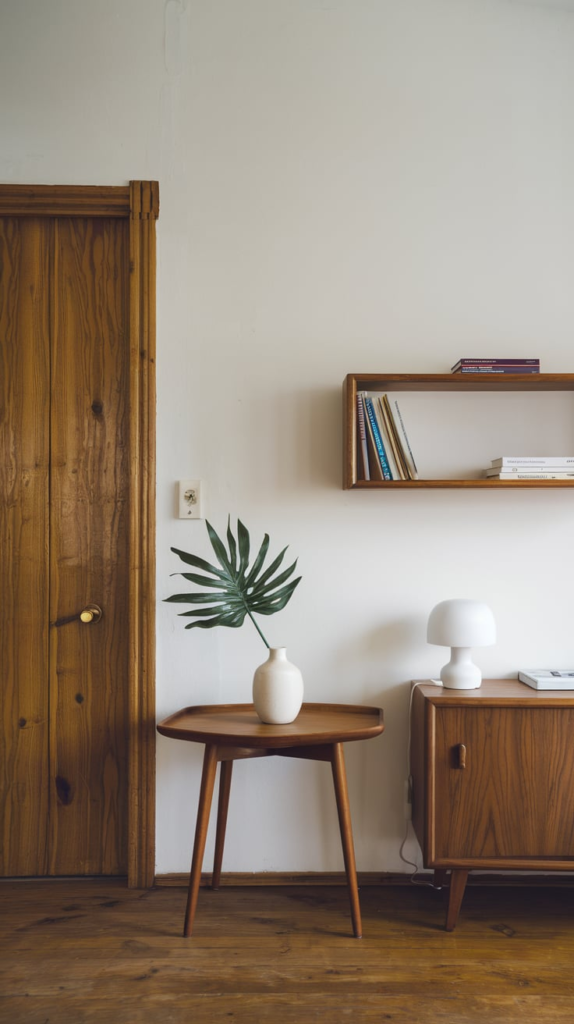
Your home’s exterior should reflect its interior simplicity. Opt for low-maintenance plants, gravel pathways, and clean lines in your landscaping. A simple yet inviting garden can boost curb appeal without overwhelming your space.
12. Focus on Lighting
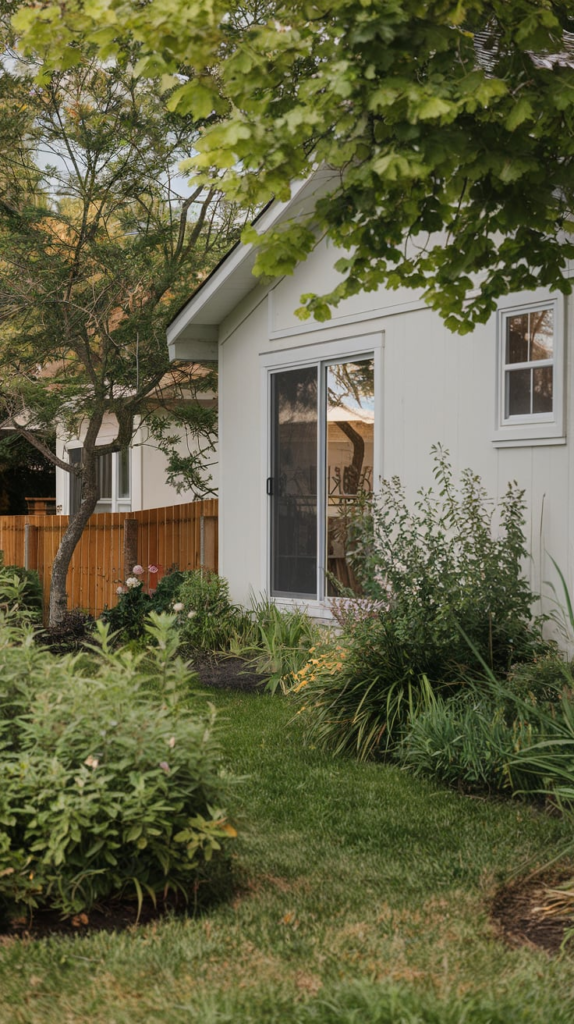
Good lighting can transform even the simplest of spaces. Use layered lighting — ambient, task, and accent — to create depth and warmth. Pendant lights and recessed lighting work wonders in minimalist homes.
13. Exposed Materials

Embrace the raw beauty of materials like concrete, wood, and brick. Exposed beams or an unfinished brick wall adds character to your home while keeping the design straightforward.
14. Compact Bathrooms
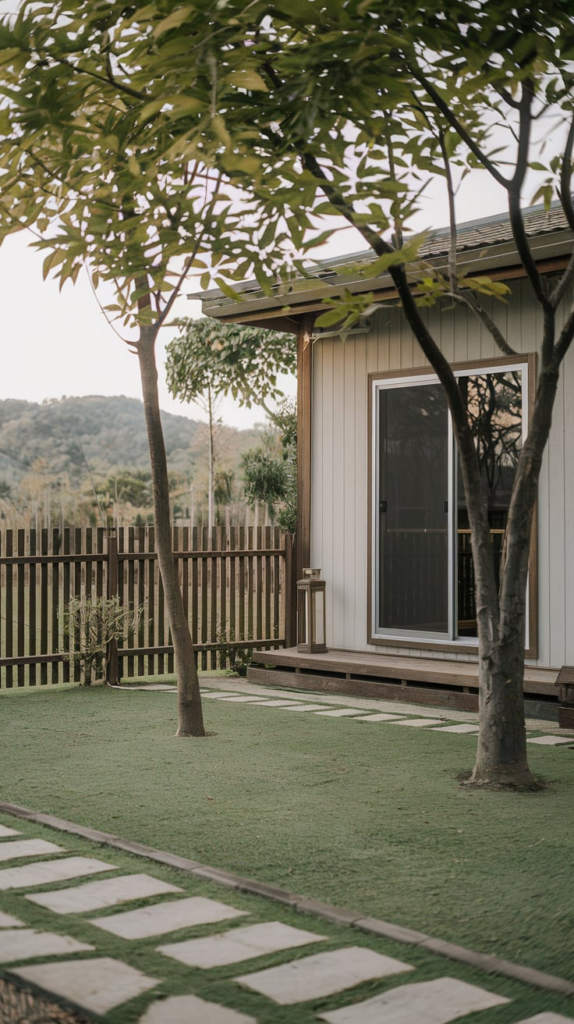
Designing a simple bathroom is all about using space efficiently. Install a corner sink, wall-mounted shelves, and a frameless glass shower to make small bathrooms feel spacious.
15. Energy Efficiency
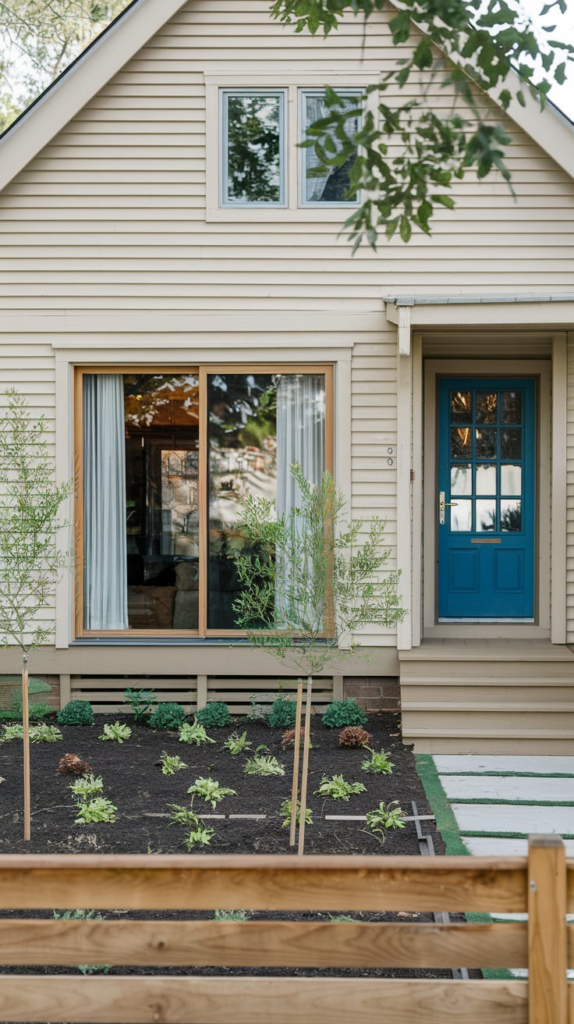
Simple homes can still be eco-friendly. Use solar panels, energy-efficient windows, and LED lighting to reduce your carbon footprint while saving on utility bills. It’s a win-win for you and the planet.
16. Clean Lines and Shapes
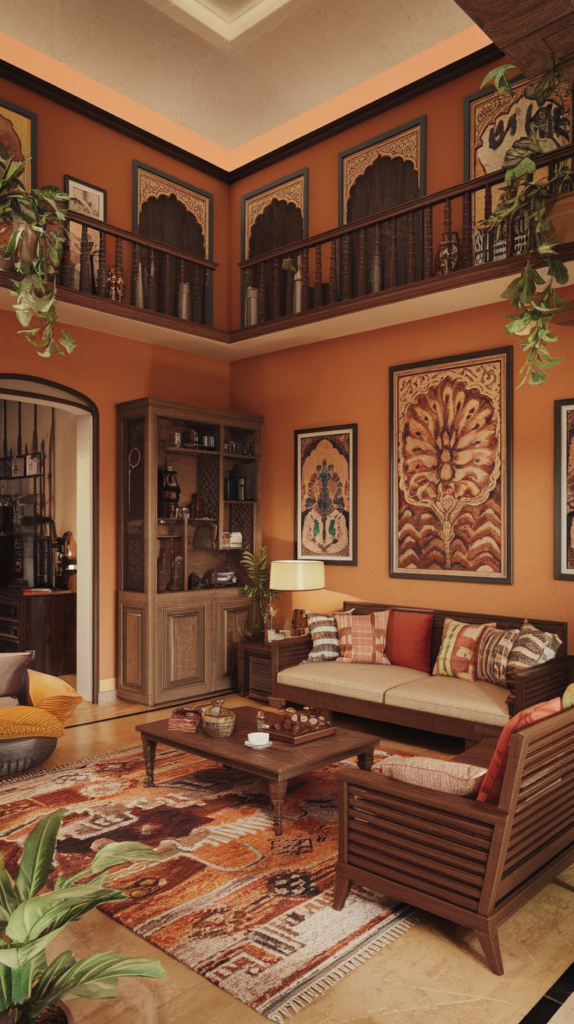
From architectural features to furniture design, clean lines and geometric shapes create a sense of order and simplicity. Avoid overly intricate patterns or embellishments.
17. Natural Materials
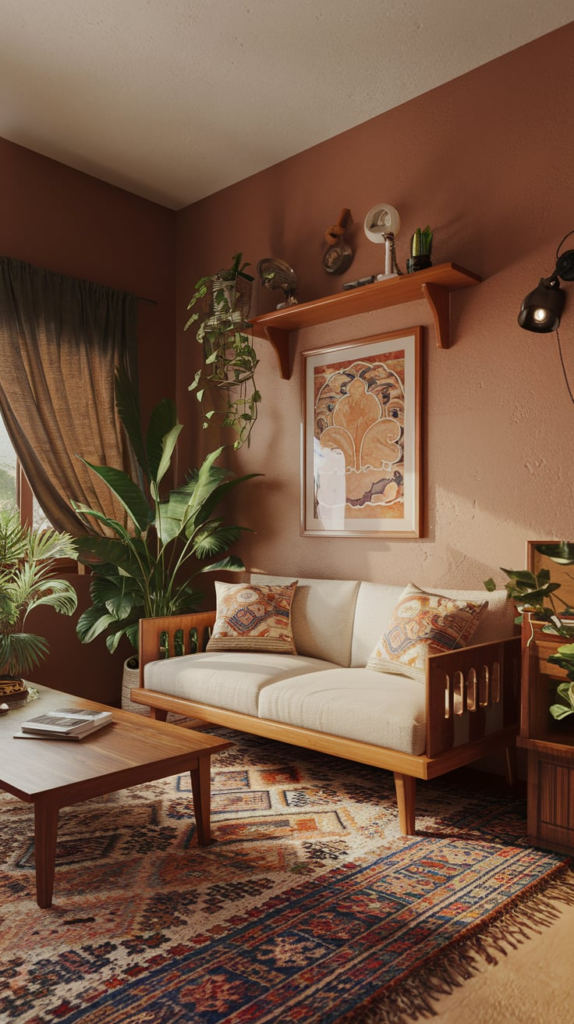
Incorporate natural materials like wood, stone, and bamboo to add warmth and texture. These materials not only look great but also age beautifully over time.
18. Single-Story Layouts

A single-story home is the epitome of simplicity. It’s easy to navigate, maintain, and can still be visually stunning with the right design elements.
19. Pocket Gardens
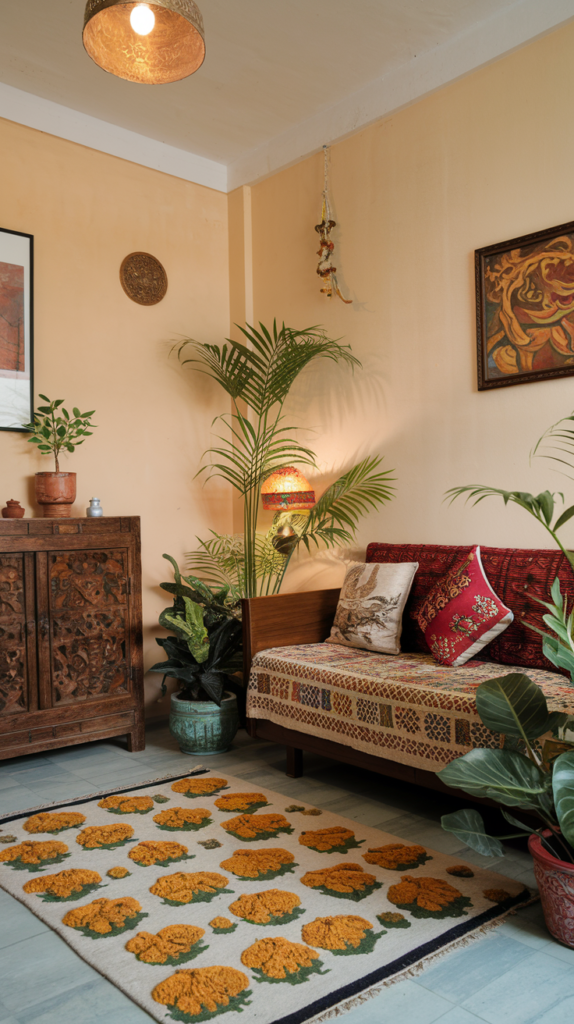
If you’re short on outdoor space, consider adding pocket gardens inside your home. Vertical planters, wall-mounted pots, or indoor herb gardens can add greenery without taking up much room.
20. Seamless Indoor-Outdoor Connection

Blur the lines between your indoor and outdoor spaces with folding glass walls or patios that extend from your living room. This creates a feeling of openness and makes your home feel larger than it is.
21. Declutter and Organize
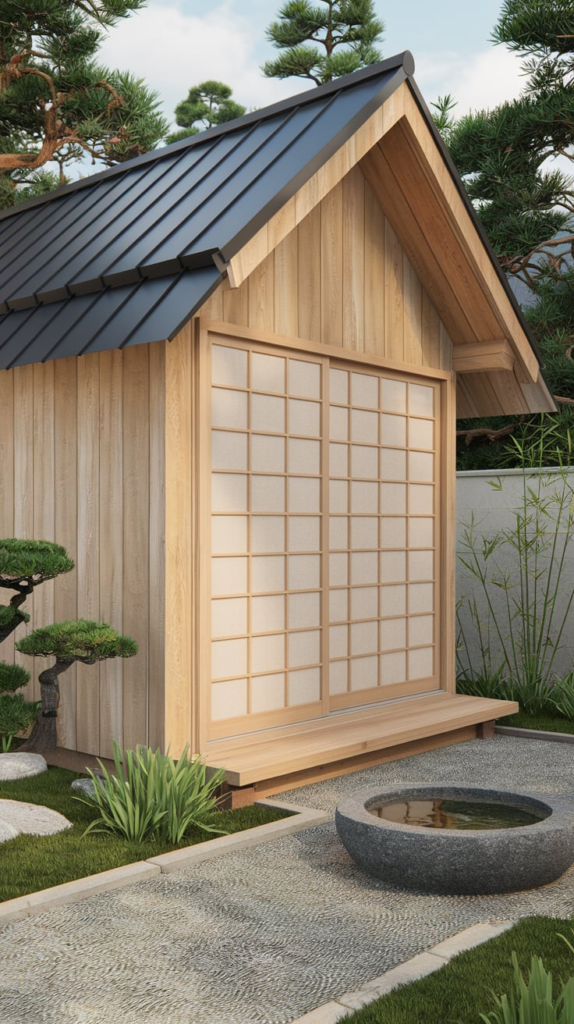
The simplest homes are often the most organized. Embrace a decluttering mindset by getting rid of items you no longer need. Invest in storage solutions like baskets, bins, and modular shelves to keep everything in its place.
Conclusion
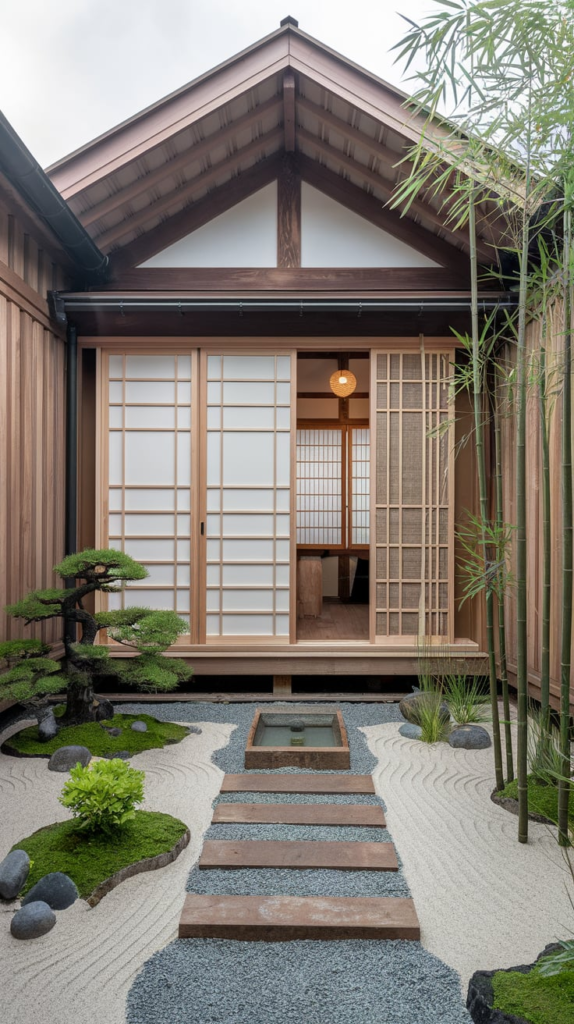
Designing a simple home doesn’t mean giving up on style or comfort. It’s about making intentional choices that reflect your personality and meet your needs.
By focusing on functionality, natural materials, and an open design, you can create a home that’s not just a house but a haven.
So, which of these ideas are you excited to try? Start small, dream big, and remember — simplicity is the ultimate sophistication.

